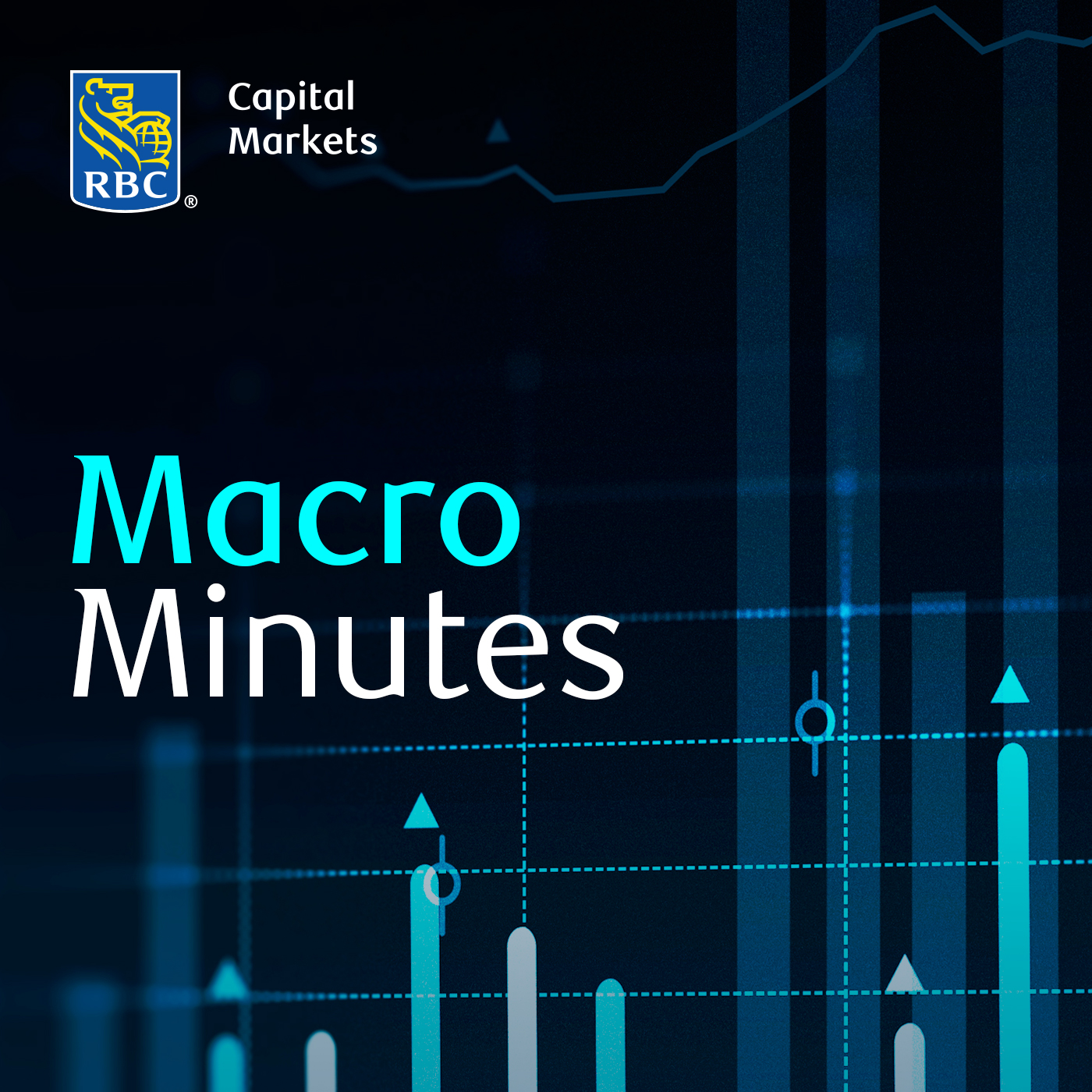Too much, or not enough?
We have a number of major central banks meeting these next two weeks, including the RBA last night, the FOMC, ECB, later this week, and the BOE next week. While each of these institutions may be facing slightly different circumstances, it’s likely that all are nearing a decision point within the next meeting or two, where they have to decide whether to keep pushing against high inflation or trust that they have already delivered enough tightening to sustainably redirect inflation back to target levels. That debate may be framed by the tension between backward and forward looking frameworks. Or more specifically do you rely on backward looking data, which generally shows that inflation is still uncomfortably elevated and labor markets remain tight, or trust more forward looking, model driven forecasts that would suggest pent-up lagged effects and tightening in credit conditions due to banking stress, are already enough to pull inflation back to target?Participants:Blake Gwinn (Desk Strategy), Head of US Rates StrategyGerard Cassidy (Research), Head of U.S. Bank Equity Strategy & Large Cap Bank AnalystJason Daw (Desk Strategy), Head of North America Rates StrategyPeter Schaffrik (Desk Strategy), Head of UK/European Rates & Economics)Elsa Lignos (Desk Strategy), Head of FX StrategySu-Lin Ong (Research), Chief Australia Economist* Research Analyst opinions are their published views, independent of those expressed by Desk Analysts

22m







